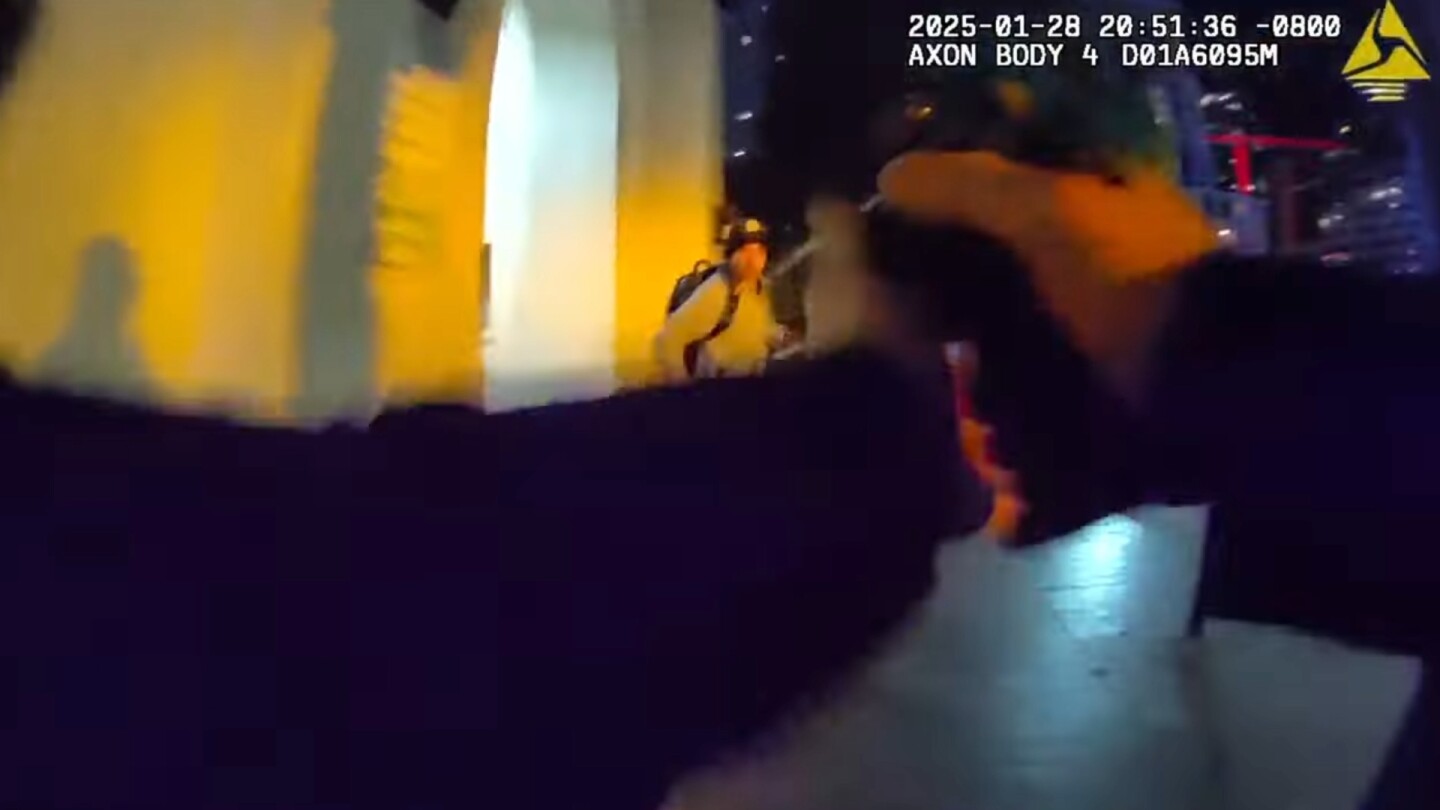News Beat
Proposed $30 million settlement in shooting death would surpass George Floyd case

SAN DIEGO (AP) — The San Diego city attorney’s office has agreed to pay $30 million to the family of a 16-year-old youth who was fatally shot by police last January in what would be one of the largest settlements of a police-involved killing case in U.S. history.
A resolution authorizing the proposed settlement with the family of Konoa Wilson has been added to the city council’s agenda for Tuesday morning.
“What happened to Konoa was a catastrophic failure of policing,” family attorney Nick Rowley said in a statement to City News Service. “A 16-year-old boy was running for his life. He was not a threat and not a suspect, yet he was shot in the back by a police officer who only saw him for one second before deciding to pull the trigger.”
If approved, the settlement would exceed the $27 million the city of Minneapolis agreed to pay the family of George Floyd, whose May 2020 murder by a police officer who kneeled on his neck sparked a nationwide racial reckoning.
Surveillance and body-worn camera footage from Jan. 28 showed Wilson running away from someone who pulled a gun and fired at him in a downtown train station. As he exited the station, Wilson encountered San Diego Police Officer Daniel Gold.
In a lawsuit against the city and Gold, the family alleged the officer “instantly, without any warning,” fired two shots at Wilson, who was Black, as he ran by, striking him in the upper body.
“Only after shooting DECEDENT and watching him fall to the ground did Defendant GOLD finally announce ‘San Diego Police,’” said the suit, which was filed in June. “Defendants committed acts of racial violence against DECEDENT, a teenager, by shooting him in his back as he ran past Defendant GOLD, in an attempt to get to a place of safety.”
Wilson was pronounced dead at UC San Diego Health Medical Center less than an hour later.
An agenda item posted Friday said the settlement would be paid from the Public Liability Fund.










